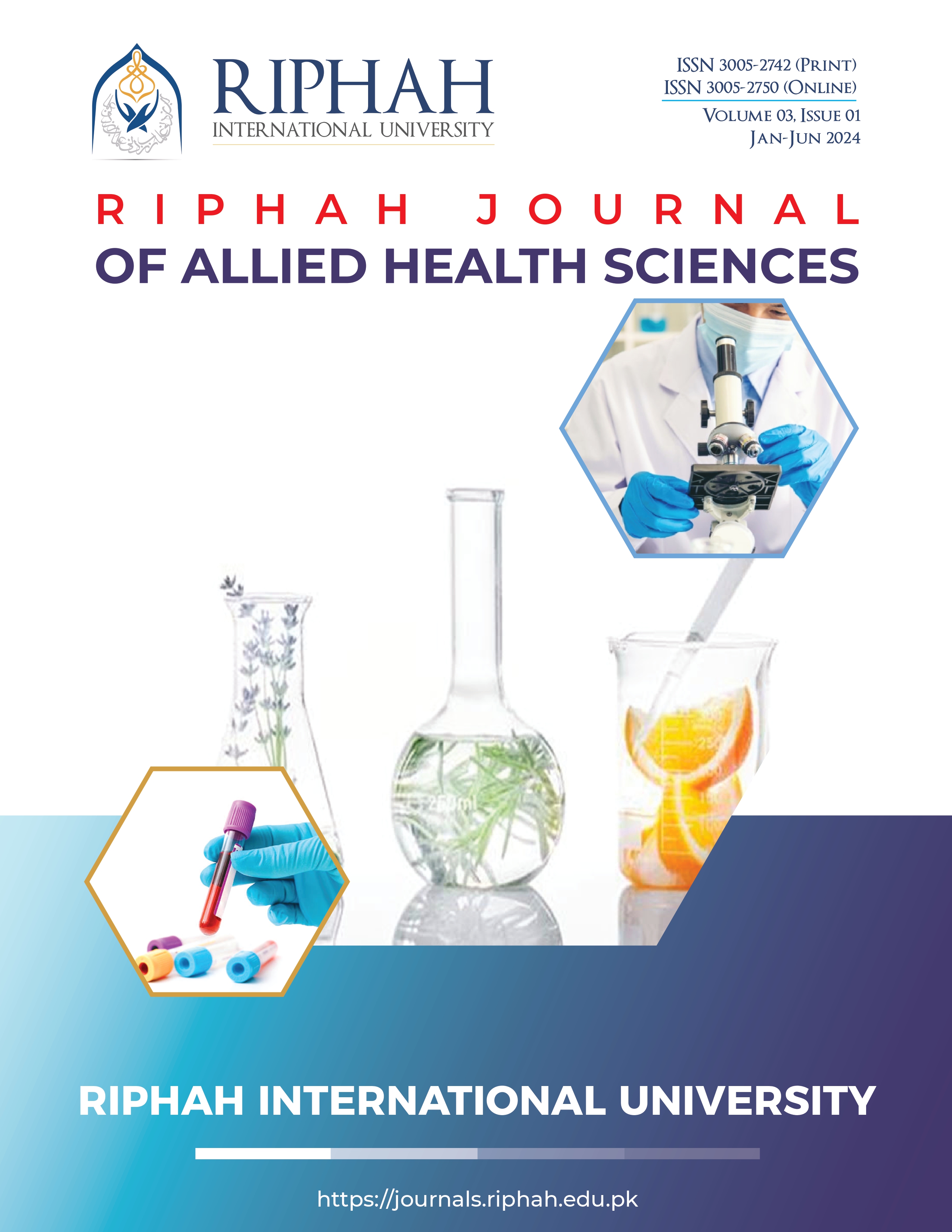The Quiet Revolution of Artificial Intelligence in Allied Health Sciences
Abstract
The discipline of Allied Health Sciences lays foundation of healthcare system by bridging the gap between academic research and clinical care. The allied health professionals are playing critical role in providing quality diagnostic systems, integrating innovative technologies, and addressing pressing health challenges. This editorial seeks out to highlight emerging trends, current concerns, and future prospects in Allied Health Sciences.
In recent years, significant advancements have been made in tele-health and personalized medicine, through interdisciplinary collaborations. The use of agile approaches by means of Artificial intelligence (AI) and wearables in healthcare are transforming patient’s diagnosis, monitoring and rehabilitation.1 AI is modernizing healthcare by systematically mechanizing routine tasks, permitting complex diagnosis, and improving patient prognosis. Professionals from field of Allied health, are incorporating these innovations, making AI an indispensable tool in health care.
The AI systems are modernizing pathology based investigations by spotting malignant cells with exceptional accuracy2, automating hematology analyzers, and identifying pathogens in mass spectrometry. These implications of AI technology save time and effort, improves diagnosis speed and accuracy3, and eventually enhancing patient care. Similarly, AI applications are revolutionizing human nutrition and dietetics by generating personalized nutrition plans based on individual’s genomic data and dietary preferences.4
As AI transforms healthcare, its potential to improve patient care and clinical practices is apparent, where, allied health practitioners must stay at the forefront, incorporating new tools to reshape the future of healthcare. However, one question persists: are we improving healthcare, or the rapid expansion of AI is leading to an overflow of technology that may surpass human surveillance? The solution lies in combining innovation with careful integration into healthcare systems.


